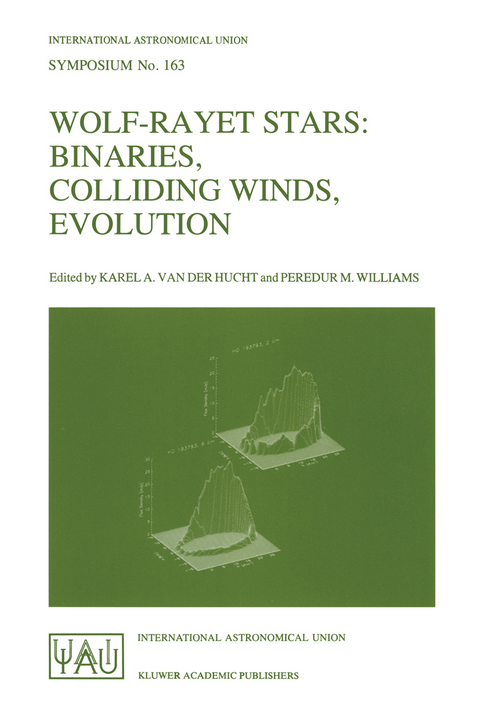
Supported Metal Complexes
Kluwer Academic Publishers (Verlag)
978-90-277-1855-6 (ISBN)
- Titel z.Zt. nicht lieferbar
- Versandkostenfrei innerhalb Deutschlands
- Auch auf Rechnung
- Verfügbarkeit in der Filiale vor Ort prüfen
- Artikel merken
1. Introduction.- 1.1. Catalysis.- 1.2. Reasons for Supporting Metal Complexes.- 1.3. Catalyst Requirements.- 1.4. Types of Support.- 1.5. Chemically Modified Electrodes.- 1.6. Immobilised Enzymes and Reagents for Organic Syntheses.- 1.7. Triphase Catalysis.- 1.8. Heterogenisation of Metal Complex Catalysts.- 1.9. Polymer Supported Metal Catalysts.- References.- 2. Preparation of the Supports.- 2.1. General Considerations for Organic Polymers.- 2.2. Styrene Based Systems.- 2.3. Non-Styrene Polymers.- 2.4. Radiation Grafting.- 2.5. Silica-Based Systems.- 2.6. Other Inorganic Supports.- References.- 3. Introduction of Metals onto Supports.- 3.1. Ion-Exchange-Based Catalysts.- 3.2. Functionalised Supports.- 3.3. Metal Complexes Bound to Polymeric Supports Through Metal-Carbon Bonds.- 3.4. Polymerisation of Functionalised Monomers.- 3.5. Direct Reaction Between Organometallic Compounds and Inorganic Oxide Surfaces.- 3.6. Surface Bonding of Metal Carbonyls on Inorganic Oxides.- 3.7. Supported Ziegler-Natta Catalysts.- 3.8. Surface Supported Metal Salts.- 3.9. Surface Complexes of Transition Metal Oxides on Oxide Supports.- References.- 4. Characterisation of Supported Catalysts.- 4.1. Microanalysis.- 4.2. Chromatographic Methods.- 4.3. Spectroscopic Methods.- 4.4. Electron Microscopy.- References.- 5. The Use of Supported Metal Complex Catalysts.- 5.1. Introduction.- 5.2. Optimisation of Conditions.- 5.3. Laboratory Application.- 5.4. Industrial Application.- References.- 6. Hydrogenation.- 6.1. Introduction.- 6.2. Nature of the Support.- 6.3. Effect of Cross-Linking.- 6.4. Nature of the Solvent.- 6.5. Nature of the Metal Complex.- 6.6. Activity of Supported as Compared to Homogeneous Catalysts.- 6.7. Selectivity.- 6.8. Stability.- 6.9. Survey of Supported Hydrogenation Catalysts.- 6.10. Reduction of Inorganic Molecules.- 6.11. Michael Addition.- References.- 7. Hydrosilylation.- 8. Reactions Involving Carbon Monoxide.- 8.1. Introduction.- 8.2. Hydroformylation.- 8.3. Carbonylation of Methanol.- 8.4. Fischer-Tropsch Reaction.- 8.5. Water Gas Shift Reaction.- 8.6. Alkoxycarbonylation of Olefins.- 8.7. Isocyanates Formed by Carbonylation of Nitro Compounds and Azides.- 8.8. Syntheses of Aldehydes and Ketones.- 8.9. Substitution of Carbonyl Ligands in Metal Carbonyls.- References.- 9. Dimerisation, Oligomerisation, Polymerisation, Disproportionation and Isomerisation.- 9.1. Olefin Dimerisation.- 9.2. Olefin Trimerisation.- 9.3. Oligomerisation and Cyclooligomerisation of Dienes.- 9.4. Oligomerisation of Acetylenes.- 9.5. Polymerisation of Olefins.- 9.6. Diene Polymerisation.- 9.7. Acetylene Polymerisation.- 9.8. Copolymerisation of Propylene Oxide with Carbon Dioxide.- 9.9. Olefin Metathesis.- 9.10. Olefin Isomerisation.- 9.11. Quadricyclane-Norbornadiene Isomerisation.- 9.12. Grignard Cross-Coupling Reactions.- References.- 10. Oxidation and Hydrolysis.- 10.1. Hydrocarbon Oxidation.- 10.2. Decomposition of Peroxides.- 10.3. Oxidation of Organic Compounds.- 10.4. Oxidation of Inorganic Compounds.- 10.5. Chlorination.- 10.6. Ammoxidation.- 10.7. Hydroxylation of Aromatic Compounds.- 10.8. Hydroxylation of Olefins.- 10.9. Carboxylation of Olefins and Aromatic Compounds.- 10.10. Vinyl Ester and Ether Exchange.- 10.11. Nitrile Hydrolysis.- 10.12. Nucleophilic Substitution of Acetate Groups.- 10.13. Stereoselective Hydrolysis of Esters.- References.- 11. Conclusions And Future Possibilities.- 11.1. Sequential Multistep Reactions.- 11.2. Selectivity Enhancement.- 11.3. Activity.- 11.4. Organic versus Inorganic Supports.- 11.5 Future Developments.-References.
| Erscheint lt. Verlag | 30.11.1985 |
|---|---|
| Reihe/Serie | Catalysis by Metal Complexes ; 6 |
| Zusatzinfo | 340 p. |
| Verlagsort | Dordrecht |
| Sprache | englisch |
| Themenwelt | Naturwissenschaften ► Chemie ► Anorganische Chemie |
| Naturwissenschaften ► Chemie ► Organische Chemie | |
| Naturwissenschaften ► Chemie ► Physikalische Chemie | |
| ISBN-10 | 90-277-1855-5 / 9027718555 |
| ISBN-13 | 978-90-277-1855-6 / 9789027718556 |
| Zustand | Neuware |
| Haben Sie eine Frage zum Produkt? |
aus dem Bereich


